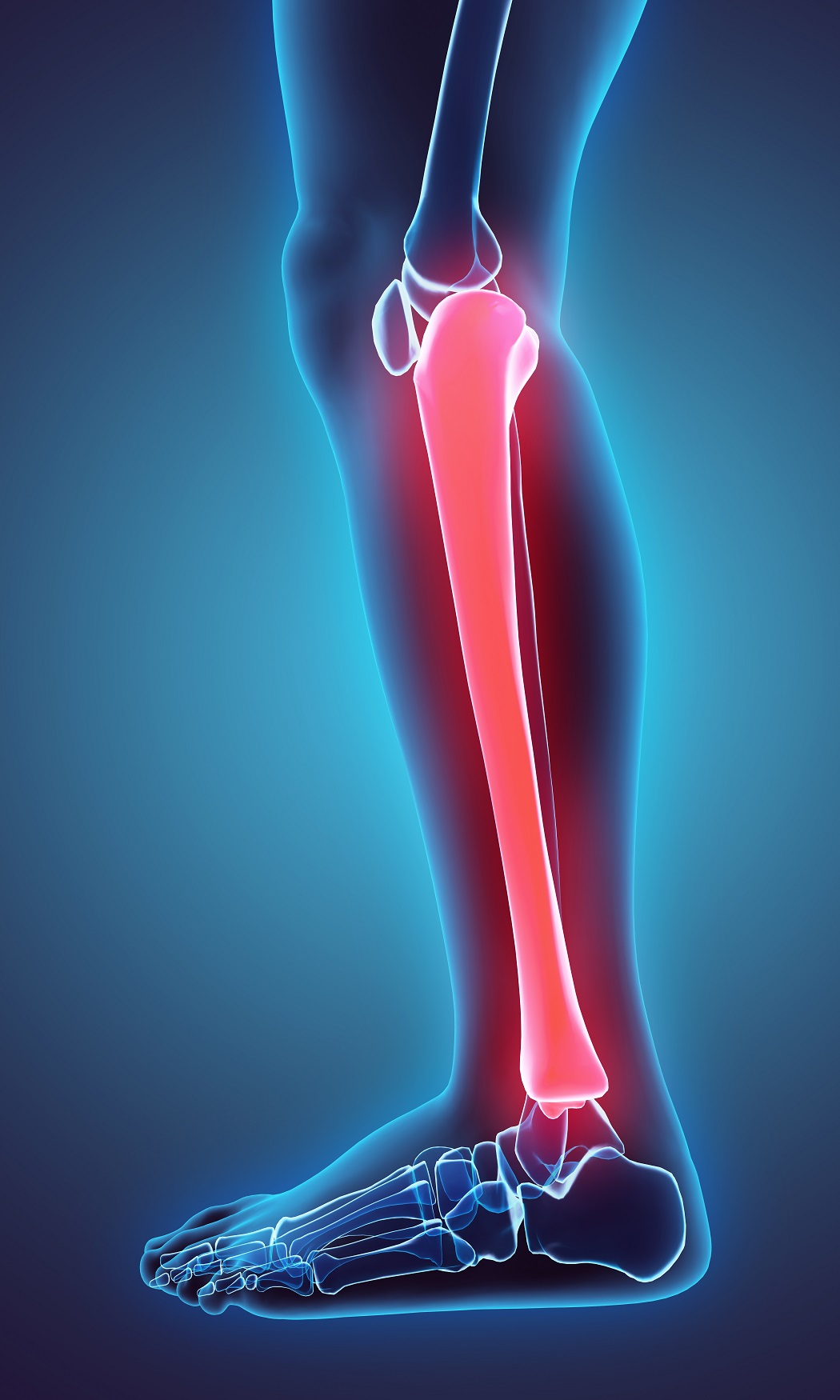

Early RehabilitationĮarly physiotherapy is essential to prevent muscle atrophy (wasting away).Īctive muscle re-education from day one aims to minimize loss, encourage tone, increase blood flow and reduce swelling and stiffness. If post-operative healing or rehab is poor then this may result in permanent disability.

Things can get more complicated if the fracture affects other parts of the leg, like the ankle or knee. Tibia Fracture Recoveryįull recovery from a tibia fracture can take a year or possibly more. These patients will rarely return to contact sport. Ankle and knee outcomes are a concern, as the patient often experiences long-term problems and restrictions due to the complexity of the fractures. Long-term impairment can be an issue without appropriate advice.įracture healing will take longer and can often be an issue for up to six months whilst the patient is still on crutches. The knee and ankle are the important concerns and early physiotherapy will help to address the mobility of these joints. You should expect a long recovery of up to 18 months. Your surgeon will operate to repair your leg and ensure the best possible outcome. Multiple, comminuted, compound (breaks the skin) and those involving fractures through the ankle joint or the tibial plateau, which is the bit at the top of the bone just below the knee will often need more intensive treatment. These are similar to moderate fractures but tend to be more serious or complicated. You will need regular hospital check-ups and further surgery later to remove the metalwork. The long-term aim of treatment is to reduce the effects of potential arthritis of the ankle or knee due to the injury.Īll surgical procedures have their risks and the most common is an infection. With both these types of procedures, the knee and ankle will become weak and stiff and long-term outcomes often depend on how the patient mobilizes these joints from an early stage. Physiotherapy is essential from the start to reduce the deterioration of muscle tone, aid mobility, and to lessen the stiffness around the ankle and knee. The IM nail will be removed after 3-6 months or sometimes longer. Once the fracture is healed the metalwork is removed.
TIBIA FRACTURE FULL
There will be at least 12 weeks of gradual progression from non-weight bearing to full loading. The simple fractures that do not unite will also be treated this way. Your surgeon may also use an external fixator. Its purpose is to hold the fracture in place. This metal nail is also known as an ‘IM nail’. Treatment often involves surgical repair by inserting an intramedullary nail into the tibia.


 0 kommentar(er)
0 kommentar(er)
